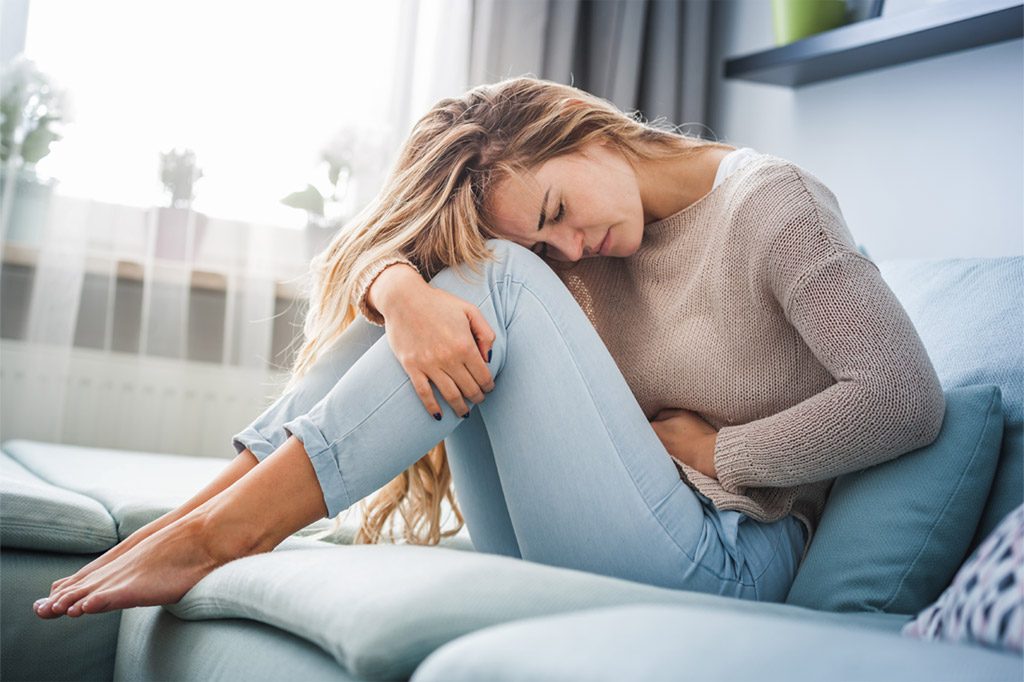Menstrual cramps, also known as dysmenorrhea or period pains, are painful sensations in the lower abdomen that can start before and during a woman’s menstrual period. The pain ranges from dull and annoying to brutal and debilitating.

Some women experience painful periods early in their teens with no underlying problem of the womb or pelvis – this is often referred to as primary dysmenorrhea. It is thought that during the process of removing the lining of the womb during the period, certain chemicals called prostaglandins cause the womb to contract. In women with period pain, there is either too much prostaglandin present or the womb could be extra-sensitive to prostaglandin, which causes it to contract too hard.
While period pains of primary dysmenorrhea are unlikely to indicate any issues, pain which comes later in life – also known as secondary dysmenorrhea – may signal a problem. Women who previously did not experience period pains but started developing them in their 30s to 40s could be facing a problem of the womb such as endometriosis or fibroids.
Endometriosis occurs when the womb lining is not shed properly but gets deposited outside of the uterus such as near the ovaries, bladder or intestines. Fibroids are muscle tumours of the uterus. Another reason for pelvic pain may be infections of the womb and fallopian tubes.
Do you know
Normal period pains usually occur on the first or second day of bleeding, not before or after. Hence, timing is an important warning sign.
If the pain starts at the expected timeframe, but it is so serious that it extends from your lower belly into your lower back and your legs, you should immediately consult a specialist. Sometimes, the pain can be so severe that it causes you to vomit. Watch for other accompanying symptoms such as vaginal discharge, pain during intercourse or a sudden fever.
Bleeding between periods is another key sign. For example, seeing blood a day or two before your expected timeframe is normal. But if you bleed at other times during the month, you should definitely consult a specialist. You should also consult a Singapore Gynae if you have a family history of endometriosis or fibroids.
Treatment
Options for treatment can include a course of antibiotics for infection, analgesia for pain relief or hormonal medication.
For gynaecological conditions such as endometriosis or fibroids, the options will depend on the patient’s age and desire for fertility. For instance, conservative surgery to remove endometriotic cysts or fibroids while keeping the ovaries and uterus intact may be more appropriate for women who are keen to maintain their childbearing abilities.
Seeking treatment at the early stages of these conditions is important as they can impact on your fertility rate, especially in the case of endometriosis. It is recommended that women with pre-existing conditions like endometriosis and fibroids be prudent and seek a fertility evaluation as well.







